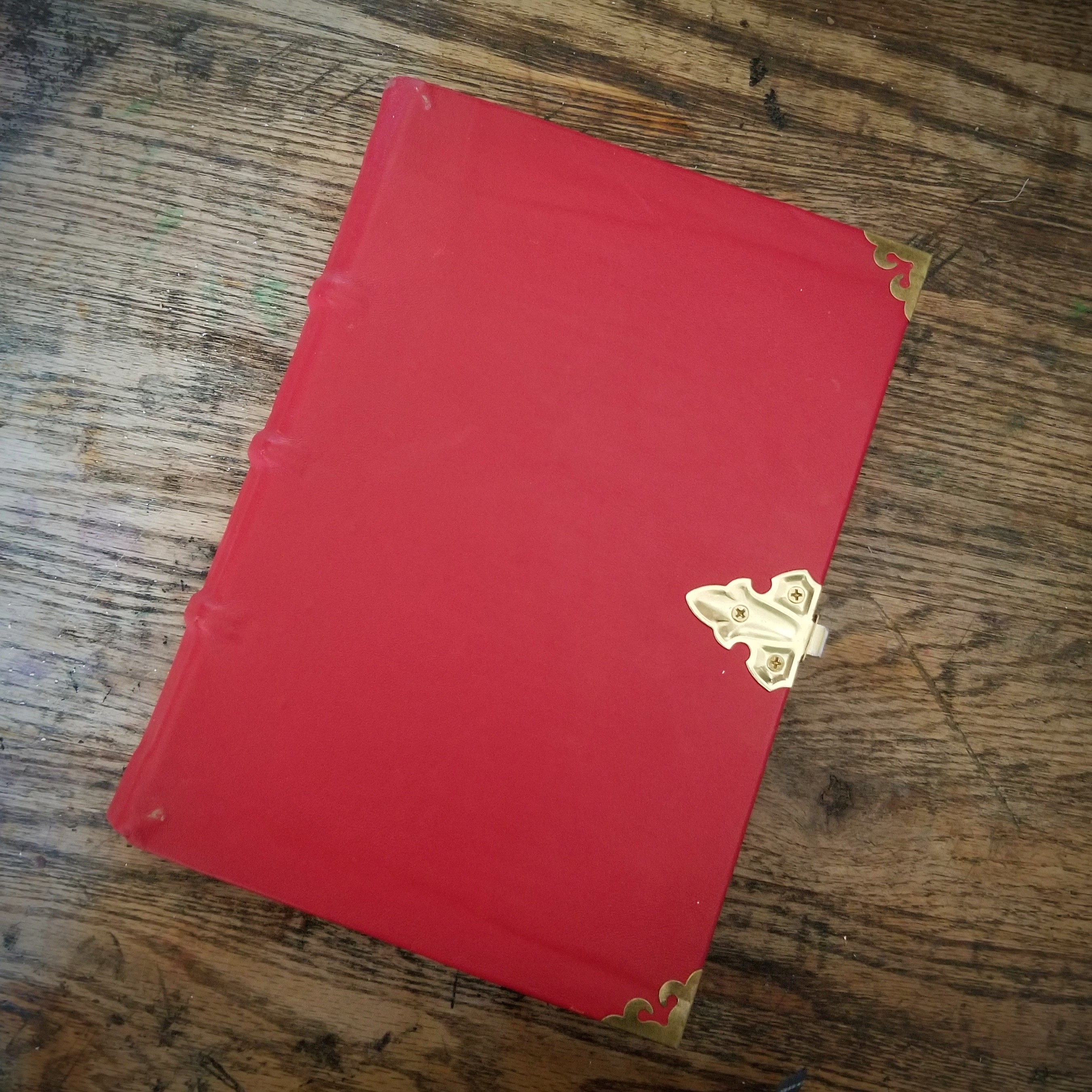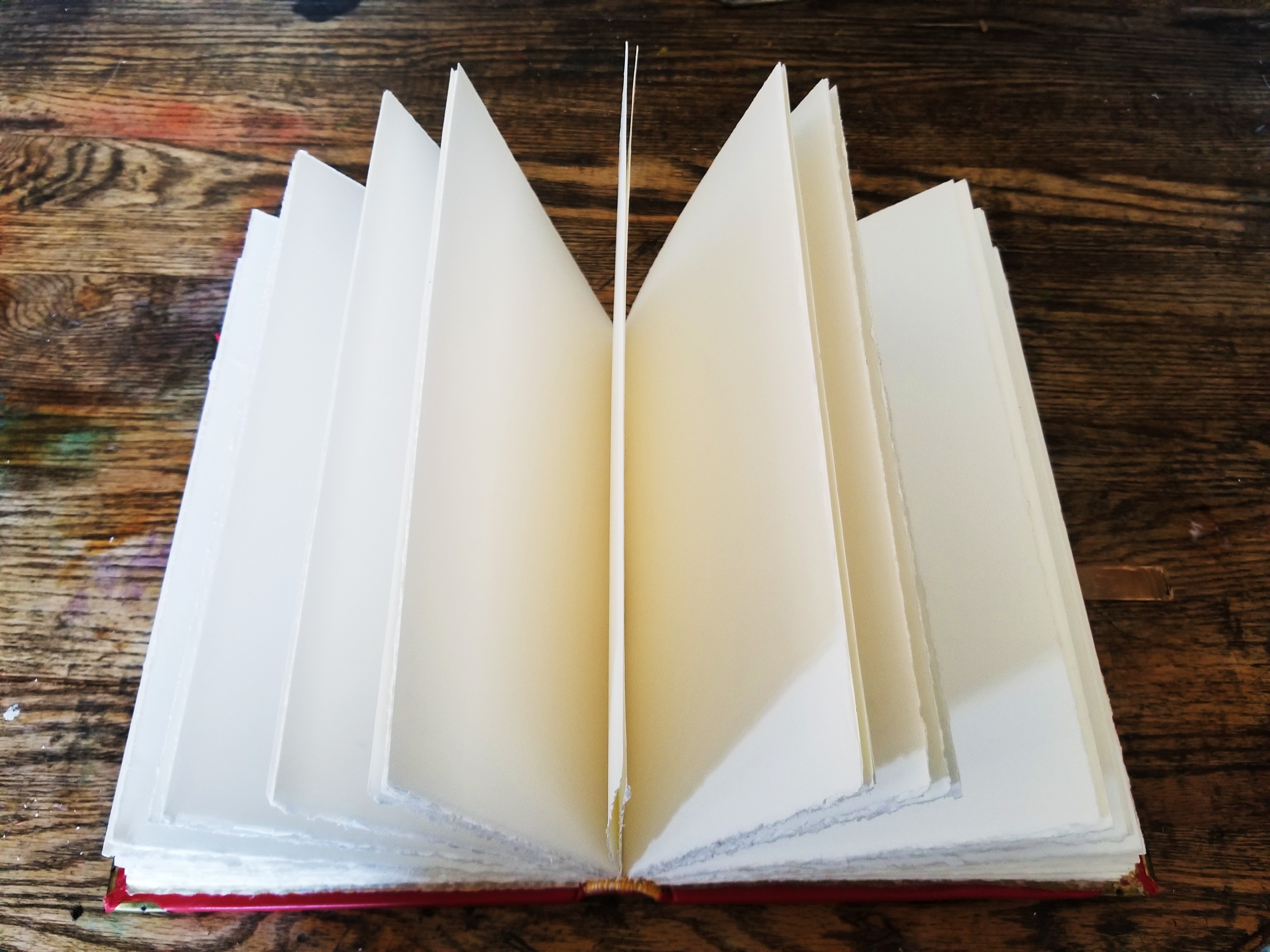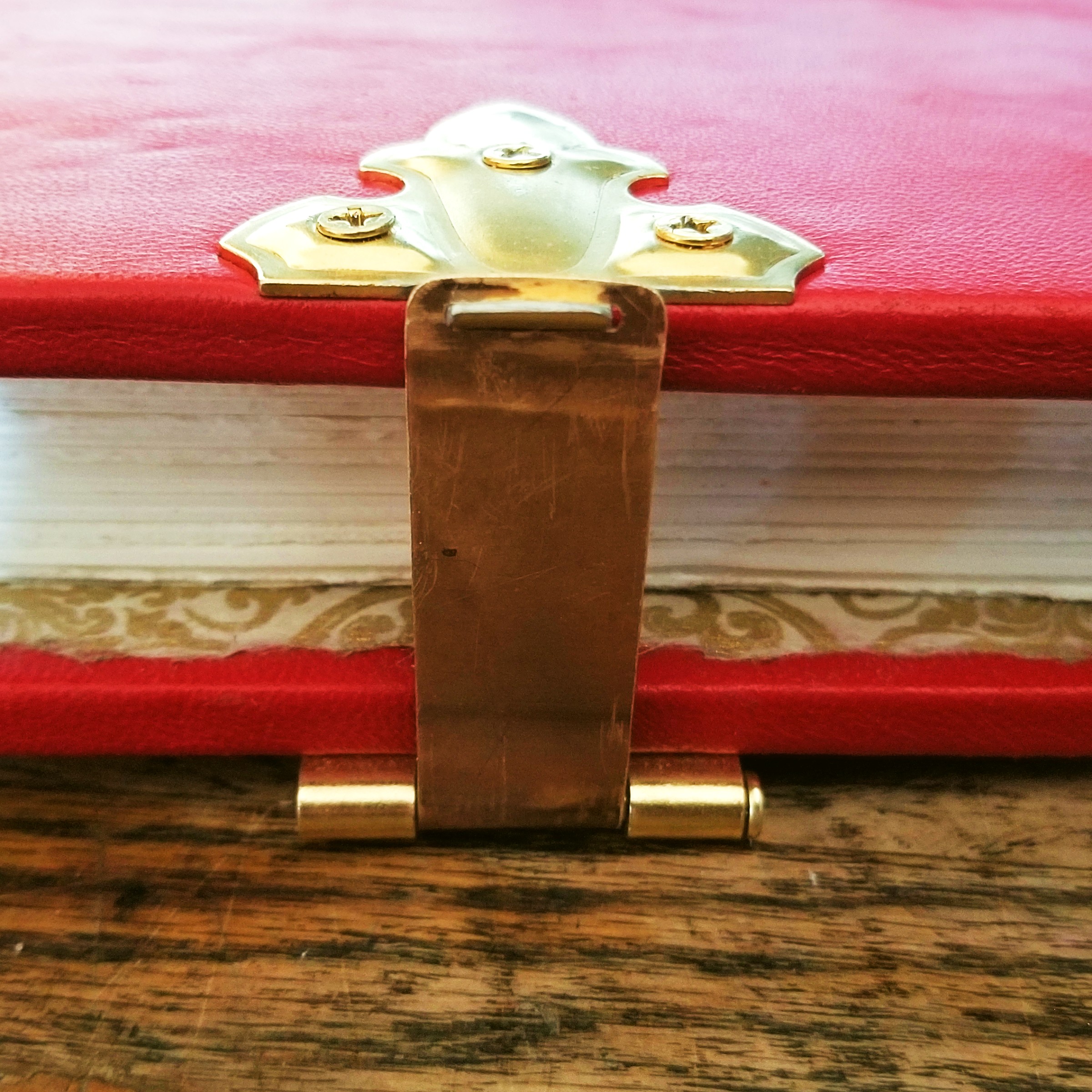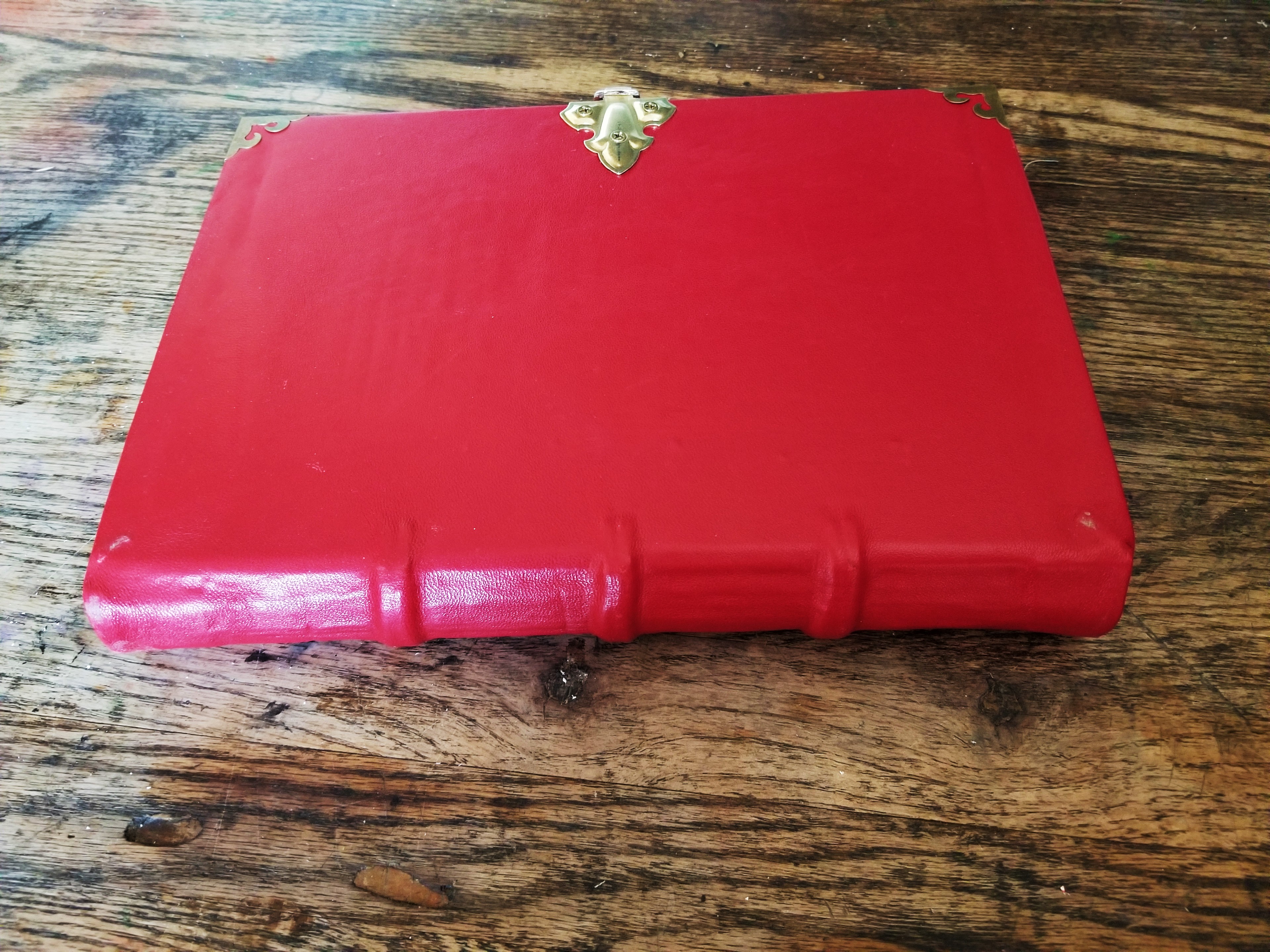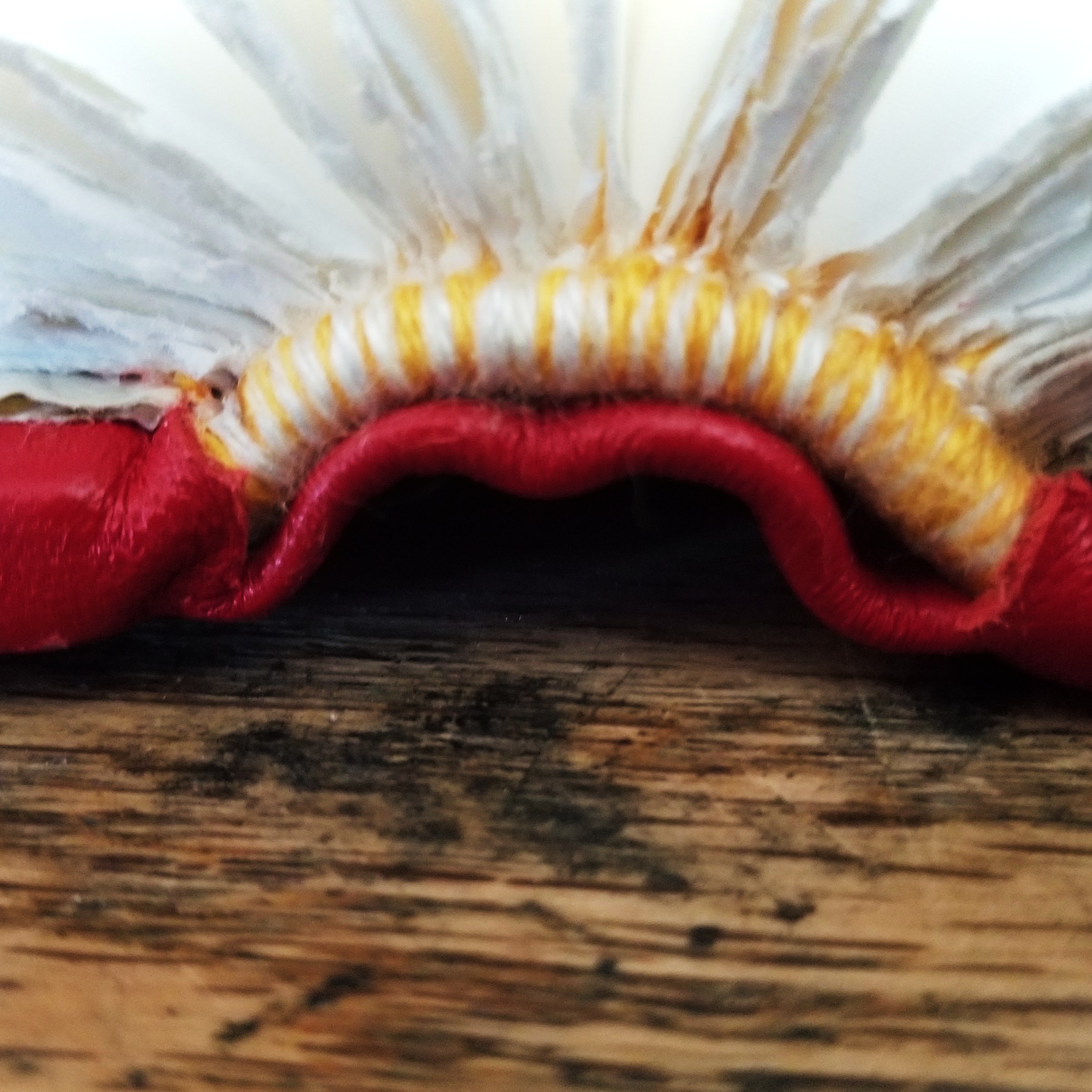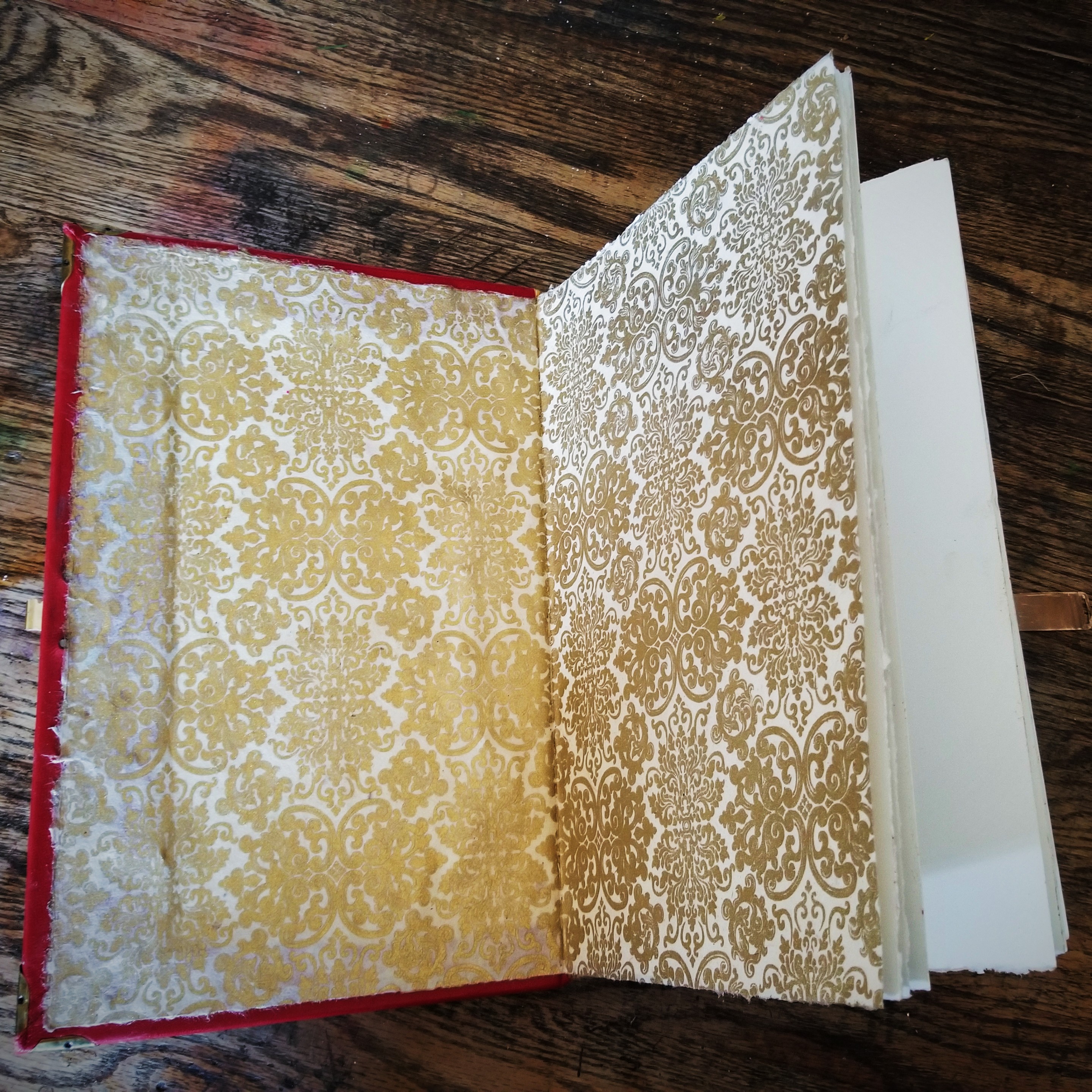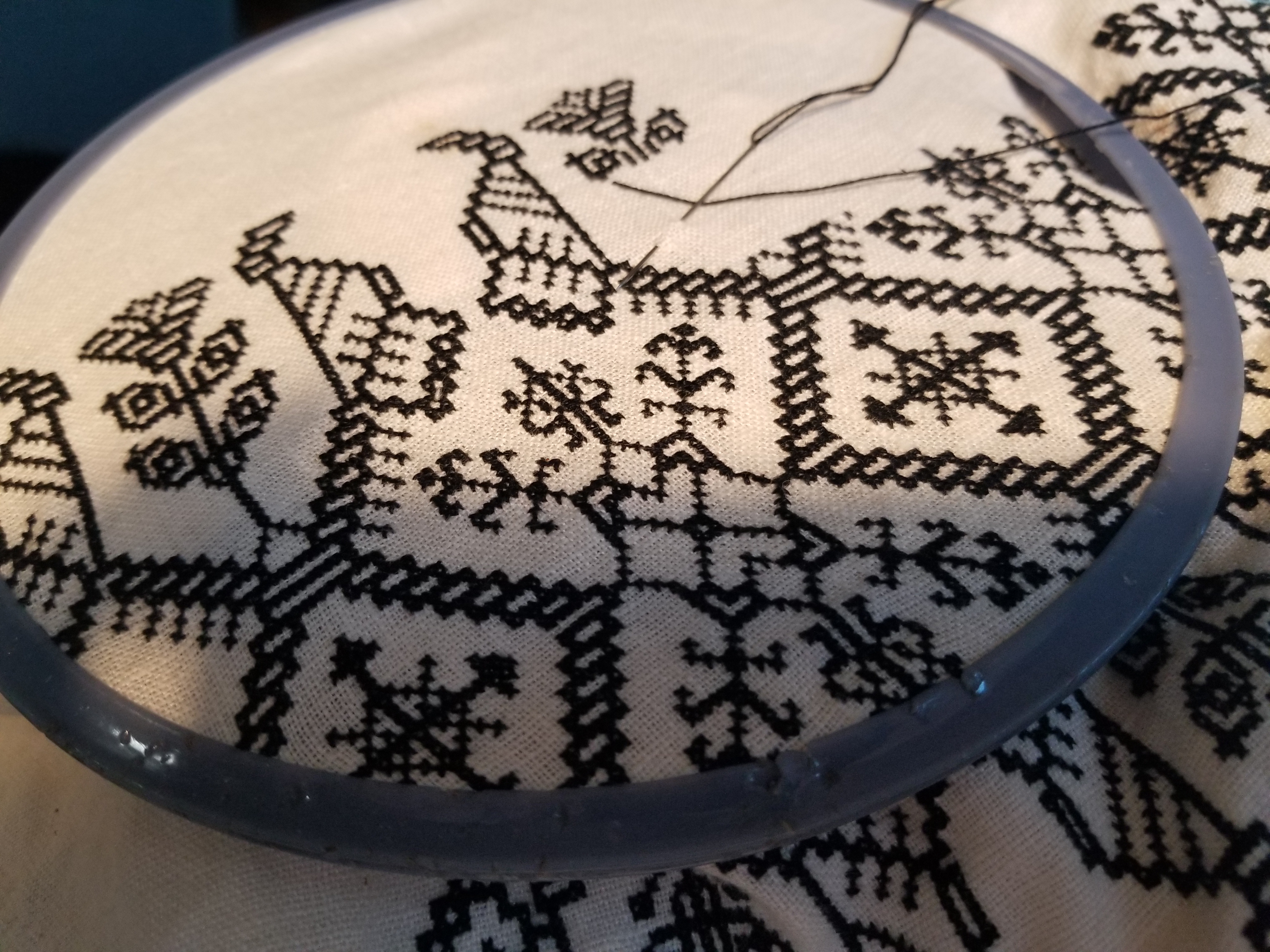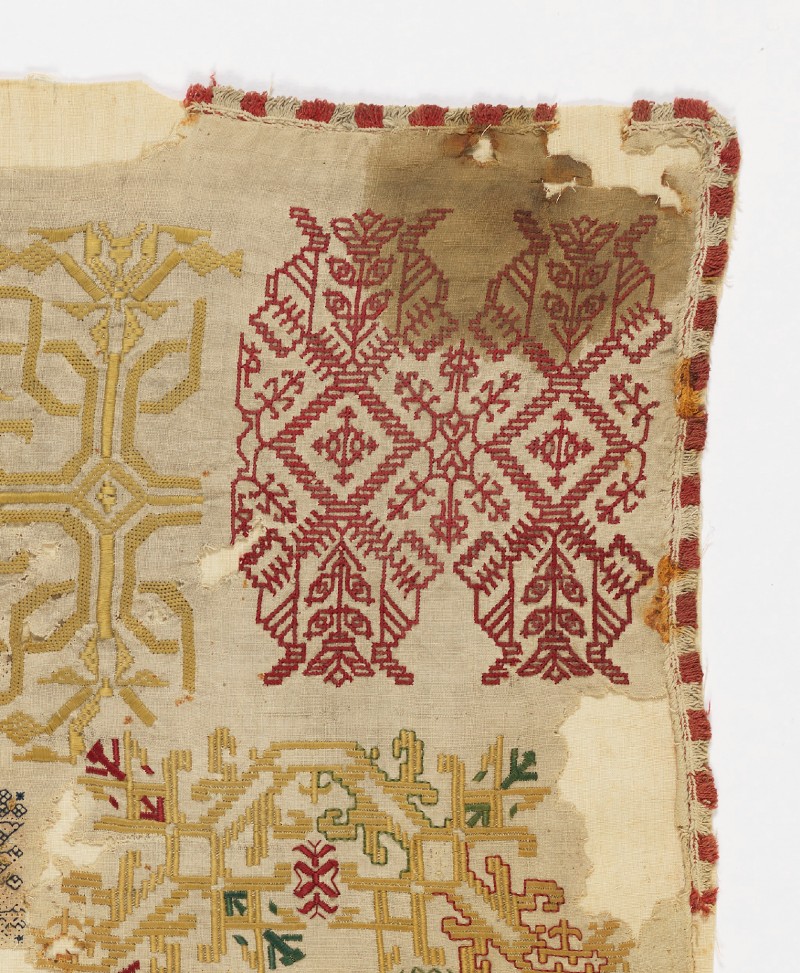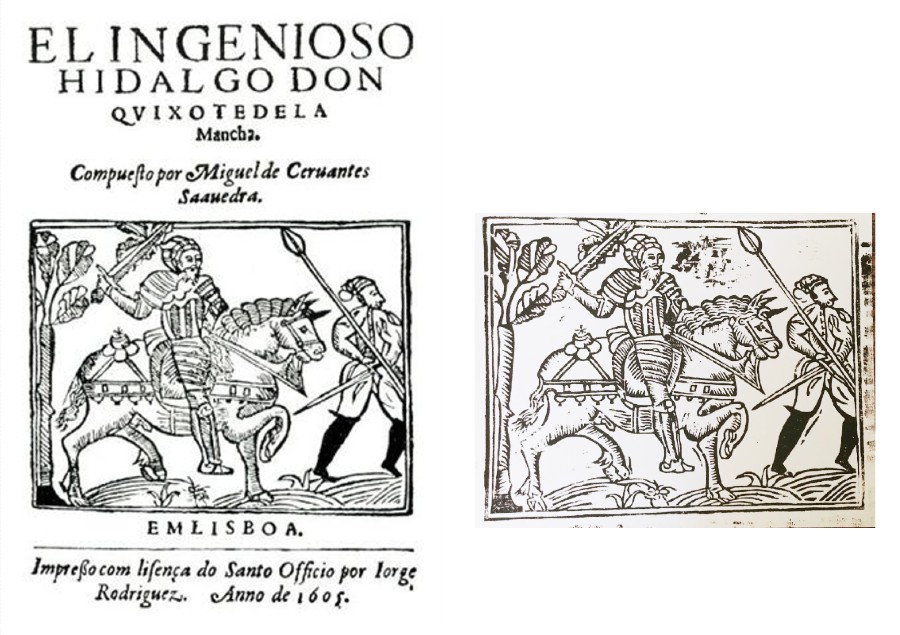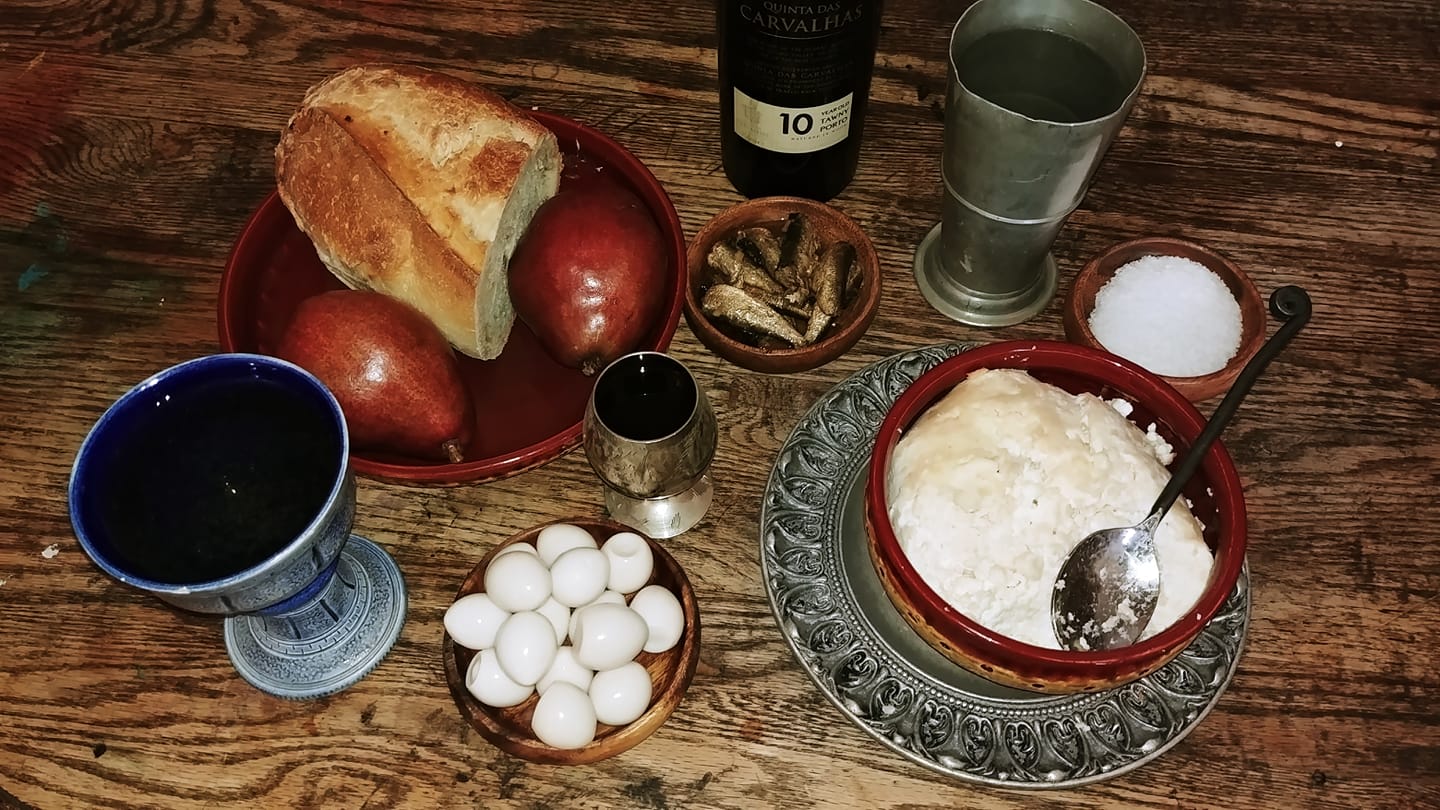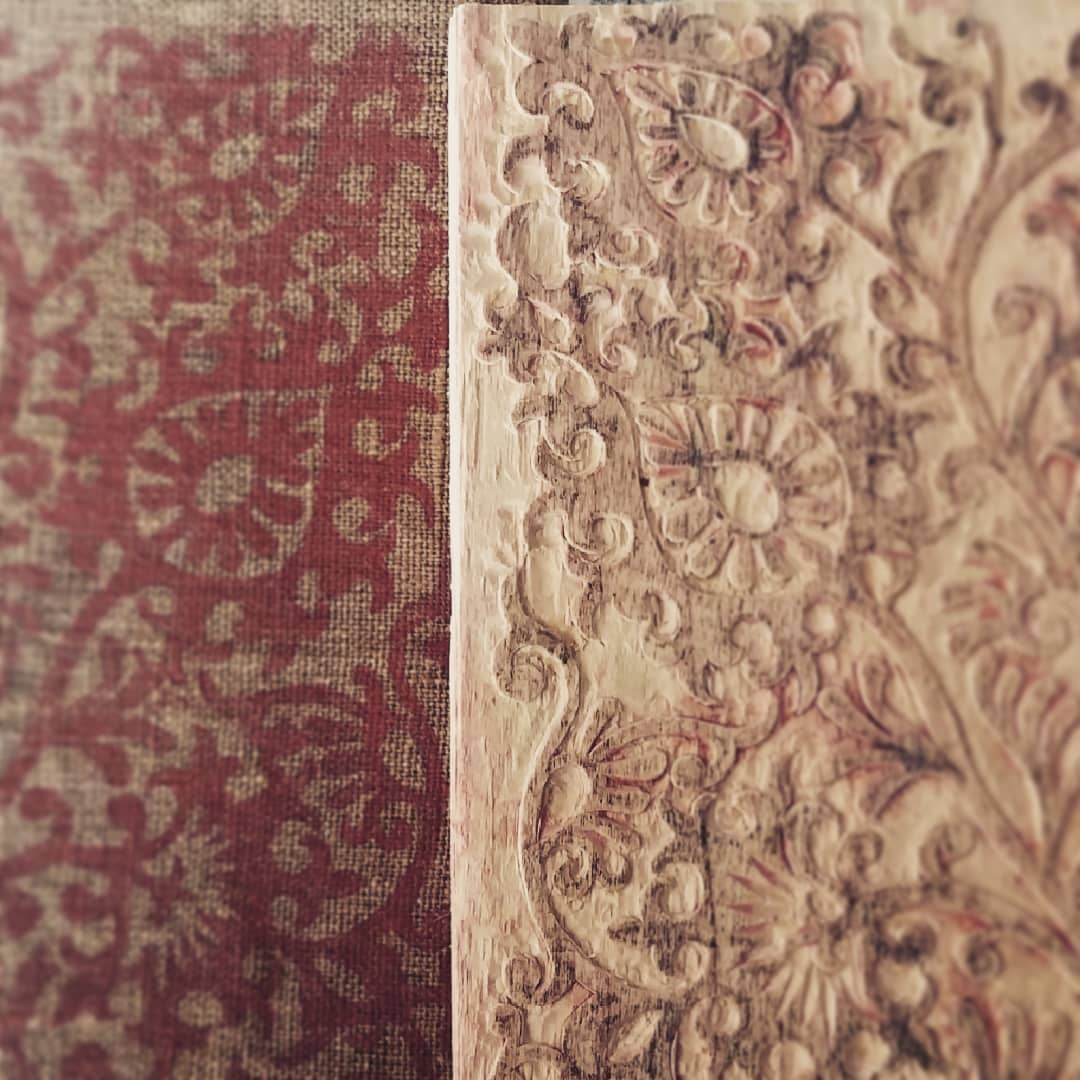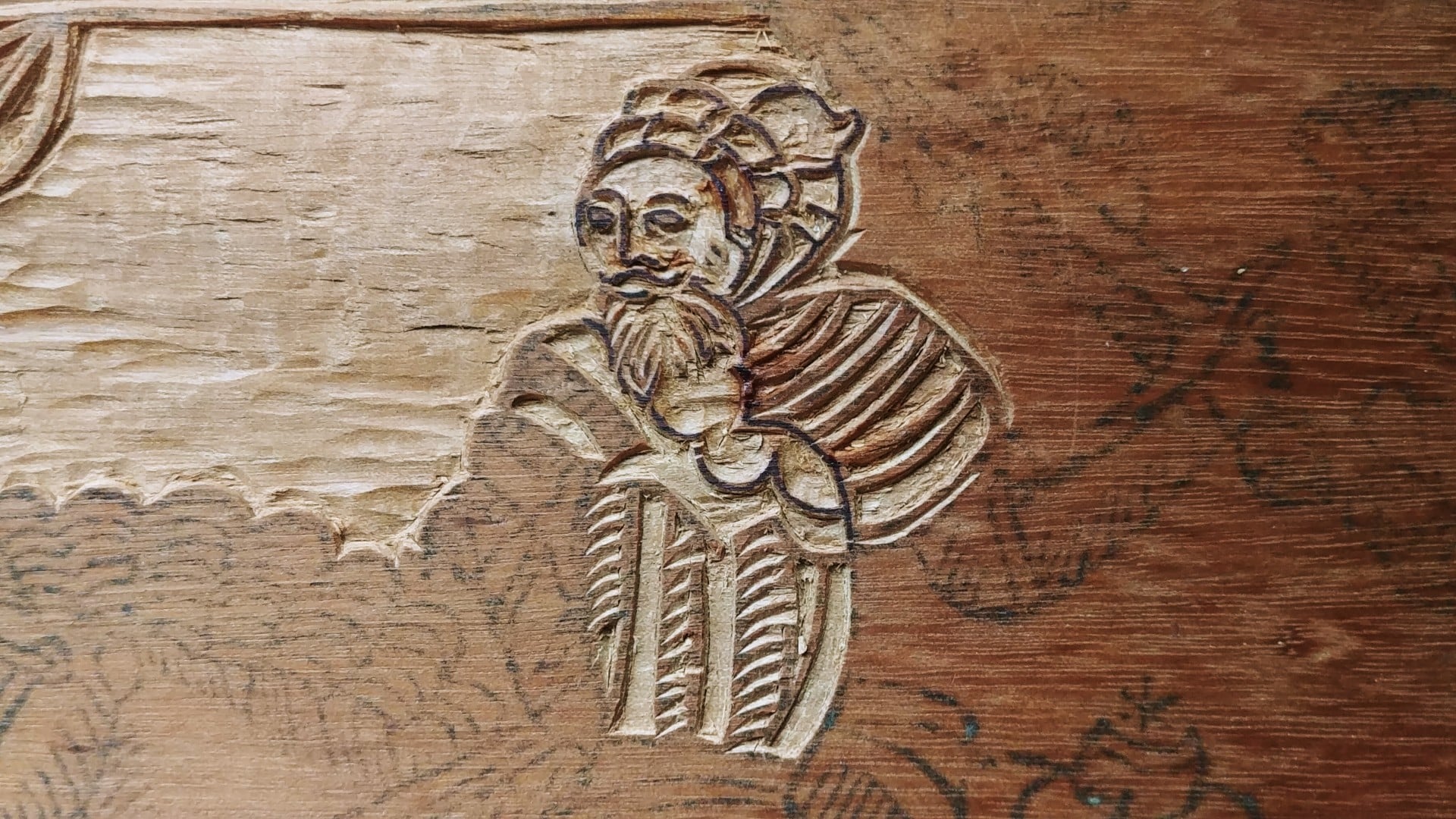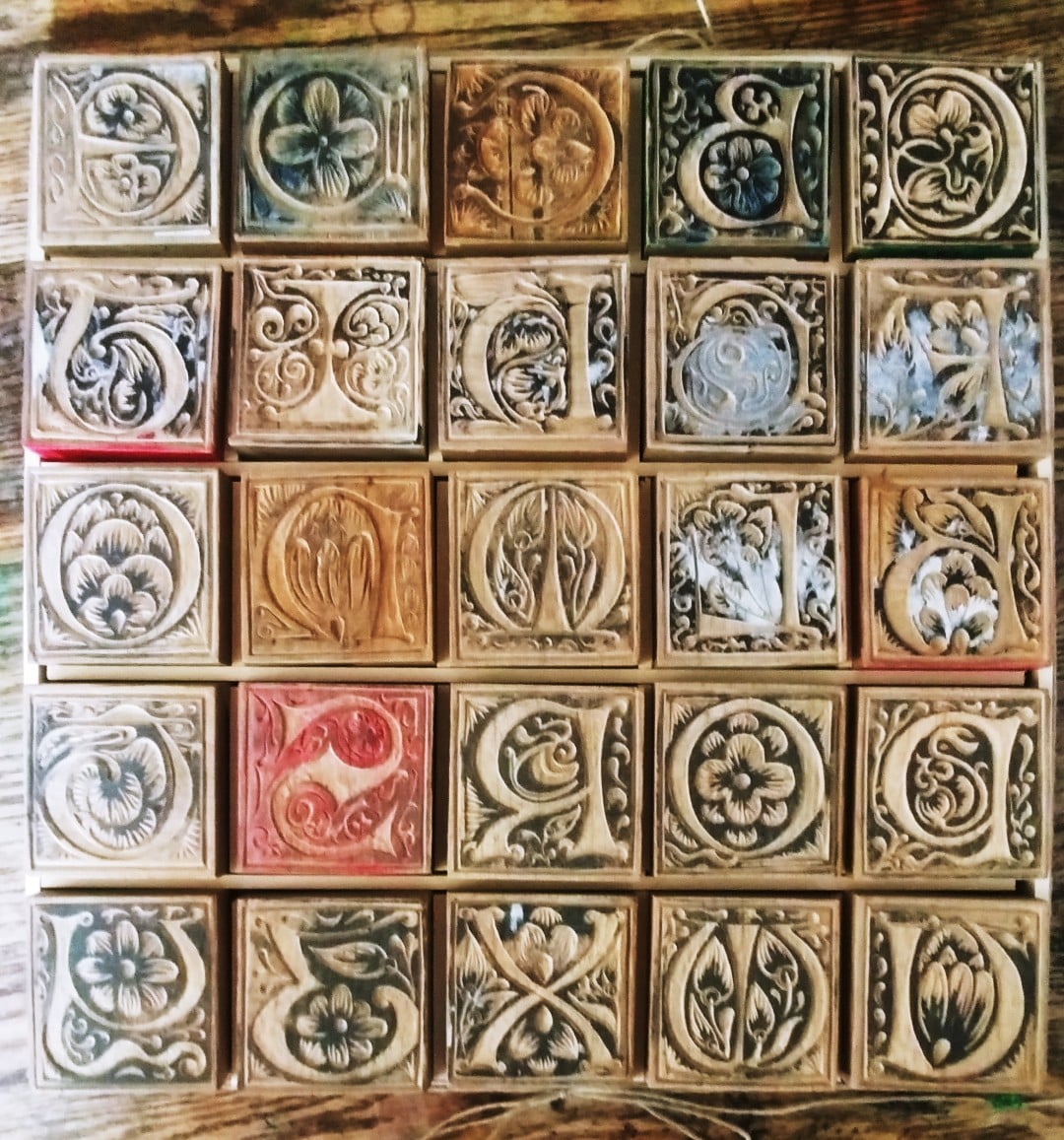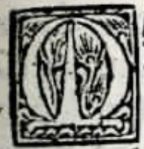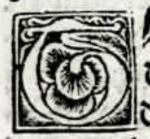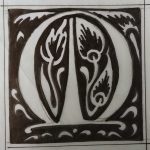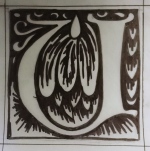“The artist’s design or drawing is made on a piece of wood (usually beechwood)”
“Mainly pear wood was used, for very detailed designs also the hard boxwood, for large areas the soft basswood.”
“A wooden block is used, most often of beech or pear wood.”
It occurred to me that as I’m going to be visiting the specialty lumber shop soon, I should figure out what species of wood Europeans used for woodcuts in the incunabula period, so I went looking, and I started (as one does) with a quickie Google search and found (as one does) a mess of tertiary sources all saying similar but slightly conflicting things, generally with vague language like “usually” attached. That’s a pattern that often suggests the existence of a circular citation somewhere back up the line, so I got curious and decided to dig into it.
First of all, it’s really hard to find information about the blocks themselves, because there are far fewer extant blocks than there are prints and the descriptive language between the two overlaps so much that it’s very challenging to search for one while eliminating the other. I muddled around in the shallows of Google for a while and didn’t find much, except for the earliest known extant European woodcut (which is, hello, on walnut – the first validation of my suspicion of that “usually” language) and a Twitter post from a British Museum curator about the collection of Albrecht Dürer print blocks there. A hook! An old librarian trick is to find just one really solid hit, and get into the metadata of that one good hit and find the bit of metadata that will return only the results you’re looking for (and that can vary a lot, from search to search and from institution to institution – especially in museums, which have a less universal standard than libraries.)
In this particular case, for the British Museum anyway, the magic filter is object-type:printing-block, which returns 43 results from the period 1350-1650.
Two of those are Asian. 37 of them are Dürer’s, a number of which are described as “probably pearwood.” The remaining four anonymous blocks (one German, from about 1470; two British and one Italian, both early 17th century) do not identify the species of wood that they’re cut from, although the Wikimedia page for the anonymous German also describes it as “probably pearwood.” There’s nothing in the discussion or metadata on Wikimedia that would suggest where that information is coming from if not from the British Museum’s metadata?
So now I’m considering the idea that we know about Dürer’s wood choices from correspondence or other text resources because he was a rock star within his own lifetime, and we’ve made the typical mistake of generalizing what we know about him to the rest of the continent over a three-hundred-year period. What do we actually know?
A search for “Dürer pearwood” yields the information that the Metropolitan Museum of Art owns two Dürer printing blocks, and they’re more assertive than the British Museum about the type of wood used in these works. So I followed that link rabbithole to see if there are any other pearwood printing blocks in their collection from around the same period. There’s one, from 1480 by an anonymous German; it appears to be the only other woodcut block in the Met’s collection. There’s also a really stunning pearwood triptych that is dated to the 15th century, not more precisely than that, so people were certainly exploiting the properties of the wood for fine carving before Dürer.
Okay, so, so far I have two Germans using pear post-1470, maybe three; one anonymous French artisan using walnut pre-1380, three anonymous artisans using unknown materials significantly later – and absolutely nothing from the century in between. The only thing I can say with any certainty is that pearwood was “often used” in Germany in the last quarter of the fifteenth century, which is much narrower than the sweeping statements I started with, and doesn’t tell me anything about what was going on in Spain in the following century. A search of the Prado’s online collections yielded nothing, and the website is down at the one Spanish history of print museum that I’ve looked at so far. I’ve got some books on order – one purchase, two ILLs – that will hopefully resolve this puzzle, but I’ve hit a good stopping point as far as goofing off on the internet is concerned.
I occasionally hear new A&S researchers advised to avoid tertiary sources, and I think that’s far too simplistic a view – they have tremendous value for context and for checking our own interpretations of primary sources. If I’d only looked at the Dürers or only looked at the Bois Protat, I would have had enough to say that pear or walnut is attested, but attested is not necessarily typical, and I wouldn’t have known to look further.
But if I’d accepted the tertiary sources at face value, I might have gravitated to beech, which is mentioned in several places but as it turns out I haven’t been able to confirm at all, or toward fruitwood, which would maybe have been right – maybe not – or taken the conflicting statements to support a range of choices of whatever was available in period and suitable to the task at hand, which is a shortcut we see a lot in the SCA.
Neither is sufficient. The balance of the two keeps me questioning, keeps me curious. I’d love to know where the beechwood/boxwood assertions came from – individual extant pieces, like the German pearwood pieces, generalized? Text sources? Post-period assumptions or interpretations from the 18th or 19th century? I’d love to lay my hands on a specific example from closer to where I want to work in both time and geography. I’m still wondering if there’s a circular citation somewhere.
Regardless of whether one’s starting from a generalized statement about a phenomenon in a secondary or tertiary source, or starting with a single primary object unmoored from its cultural and technological context, the important part is to keep poking, keep developing and clarifying context, because context is everything.
